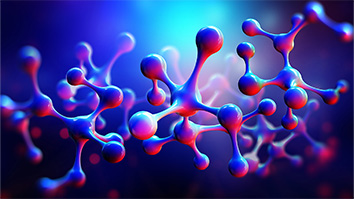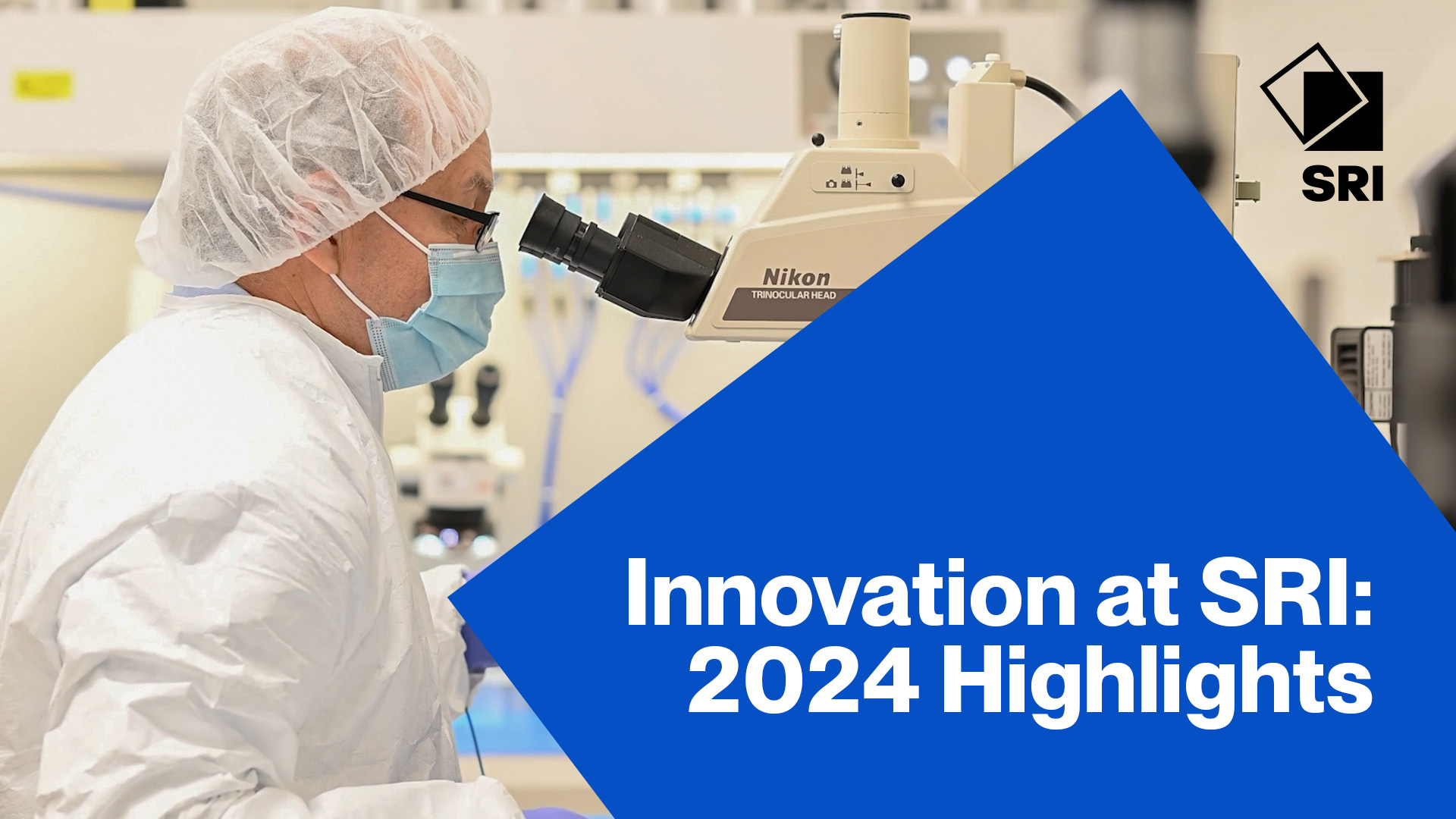Citation
Cupp, M. E., Song, B., Kibler, P., Raghavender, U. S., Nayak, S. K., Thomsen, W., & Galande, A. K. (2013). Investigating hydrophobic ligand-receptor interactions in parathyroid hormone receptor using peptide probes. Journal of Peptide Science, 19(6), 337-344. doi: 10.1002/psc.2502
Abstract
With an increasing number of new chemical entities entering clinical studies, and an increasing share of the market, peptides and peptidomimetics constitute one of the most promising classes of therapeutics. The success of synthetic peptides as therapeutics relies on the lead optimization step in which the lead candidates are modified to improve drug-like properties of peptides related to potency, pharmacokinetics, solubility, and stability, among others. Peptidomimetics based on the N-terminal stretch of the first 11 amino acids of the PTH have been investigated as potential lead compounds for the treatment of osteoporosis. On the basis of a peptide reported in the literature, referred to here as the Parent Peptide (H-Aib-Val-Aib-Glu-Ile-Gln-Leu-Nle-His-Gln-Har-NH2), we conducted systematic SAR analyses to investigate the effects of altering peptide hydrophobicity on PTH receptor functional potency as measured by the cAMP (cyclic adenosine monophosphate) accumulation and β-arrestin recruitment assays. Among hydrophobic residues, we found that the Val2 position shows the least flexibility in terms of the SAR studies, whereas the Leu7 position appeared to be most flexible. Through circular dichroism and nuclear magnetic resonance spectroscopy studies, we were able to establish that changes in hydrophobic residues significantly change the extent of peptide helicity and that the helical character correlates well with receptor agonist activity. Here, we report several novel PTH 1–11 peptidomimetics that show comparable or enhanced potency to stimulate Gs-signaling over β-arrestin recruitment as compared with such properties of PTH 1–34 and the Parent Peptide. Copyright © 2013 European Peptide Society and John Wiley & Sons, Ltd.


